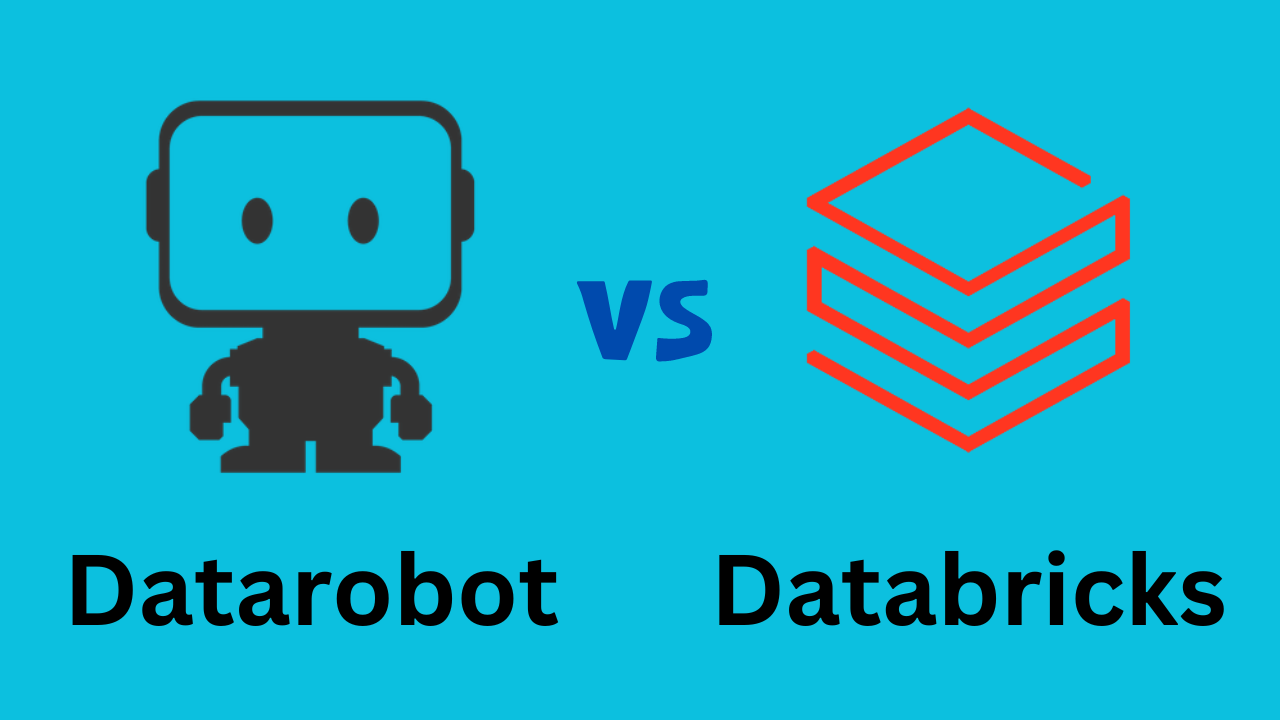In today’s world, software systems are becoming increasingly complex and fragile. As a result, it is essential to ensure that these systems are resilient and can withstand unexpected failures. This is where Chaos Engineering comes in. In this article, we will explore the concept of Chaos Engineering and how it can help build resilient systems. We will also discuss the methodology and requirements for designing a Chaos Engineering tools.
What is Chaos Engineering?

Chaos Engineering is a discipline that involves intentionally injecting failures into a system to test its resilience. The goal of Chaos Engineering is to identify weaknesses in a system before they cause significant problems. By simulating real-world failures, Chaos Engineering helps organizations build more resilient systems that can withstand unexpected events.
Top 10 Chaos Engineering Tools
To implement Chaos Engineering, organizations need to use specialized tools that can simulate failures and measure the system’s response. These tools are designed to help organizations identify weaknesses in their systems and improve their resilience. In this section, we will discuss some of the most popular Chaos Engineering tools.
- Gremlin:
- Overview: A comprehensive Chaos Engineering platform offering features such as attack templates, team management, and real-time monitoring.
- Supported Platforms: AWS, Azure, Kubernetes.
- ChaosIQ:
- Overview: Emphasizes ease of use and integrates with popular DevOps tools, offering features like experiment templates and real-time reporting.
- Chaos Mesh:
- Overview: An open-source tool that provides a flexible framework for running experiments across Kubernetes clusters.
- Fault Injection Methods: Network latency, packet loss, CPU throttling.
- LitmusChaos:
- Overview: An open-source platform designed for Kubernetes, with a framework for orchestrating experiments.
- Fault Injection Methods: Pod deletion, network latency, disk I/O errors.
- Chaos Toolkit:
- Overview: Open-source platform offering a simple framework for experiment orchestration.
- Supported Platforms: AWS, Azure, Kubernetes.

6. Pumba:
- Overview: Open-source tool to introduce network-related disturbances.
- Usability: Docker containers, Kubernetes clusters.
- Overview: Developed by Netflix, this open-source tool terminates instances randomly in a production environment.
- Supported Platforms: AWS, Azure, Google Cloud.
8. ToxiProxy:
- Overview: Open-source tool to simulate network disturbances.
- Usability: Systems that communicate over a network.
9. Goad:
- Overview: Open-source tool to generate system loads for testing resilience.
- Supported Platforms: AWS, Azure, Google Cloud.
10. Chaos Monkey for Spring Boot:
- Overview: Designed for Spring Boot applications, this open-source tool terminates instances randomly.
Methodology and Requirements for Designing a Chaos Engineering Tool
To design a Chaos Engineering tool, organizations need to follow a structured methodology that involves several steps. In this section, we will discuss the methodology and requirements for designing a Chaos Engineering tool.
Literature Review
The first step in designing a Chaos Engineering tool is to conduct a literature review. This step involves researching existing Chaos Engineering tools and methodologies to identify best practices and areas for improvement.
Define Objectives and Functional Requirements
The second step is to define the objectives and functional requirements of the Chaos Engineering tool. This step involves identifying the specific goals of the tool and the features it needs to have to achieve those goals. For example, the tool may need to simulate network outages, CPU spikes, and memory leaks.
Design and Development
The third step is to design and develop the Chaos Engineering tool. This step involves creating a detailed design document that outlines the tool’s architecture, user interface, and functionality. The tool is then developed using programming languages and frameworks that are appropriate for the project.
Testing and Validation
The fourth step is to test and validate the Chaos Engineering tool. This step involves running the tool through a series of tests to ensure that it works as intended. The tool is also validated against real-world scenarios to ensure that it can simulate failures accurately.
Deployment and Maintenance

The final step is to deploy the Chaos Engineering tool and maintain it over time. This step involves ensuring that the tool is integrated into the organization’s existing systems and processes. The tool is also updated regularly to ensure that it remains effective and relevant.
Conclusion
Chaos Engineering is a powerful discipline that can help organizations build more resilient systems. By intentionally injecting failures into a system, organizations can identify weaknesses and improve their resilience. To implement Chaos Engineering, organizations need to use specialized tools that can simulate failures and measure the system’s response. The methodology and requirements for designing a Chaos Engineering tool involve several steps, including a literature review, defining objectives and functional requirements, design and development, testing and validation, and deployment and maintenance. By following these steps, organizations can design and implement effective Chaos Engineering tools that help them build more resilient systems.

















